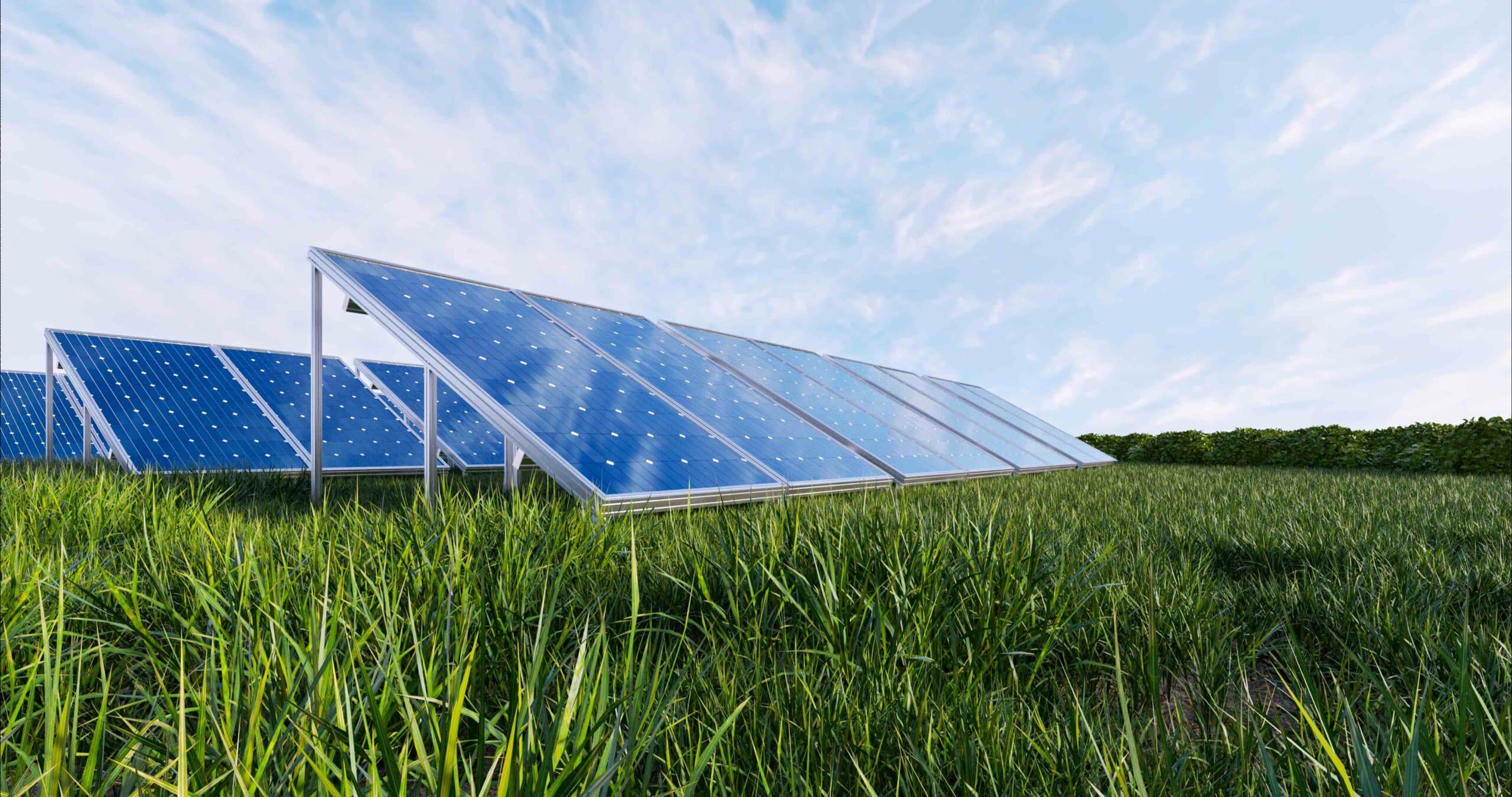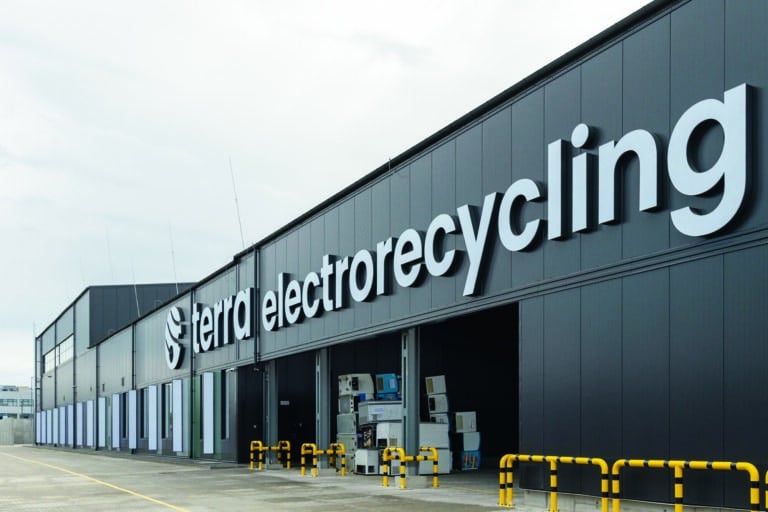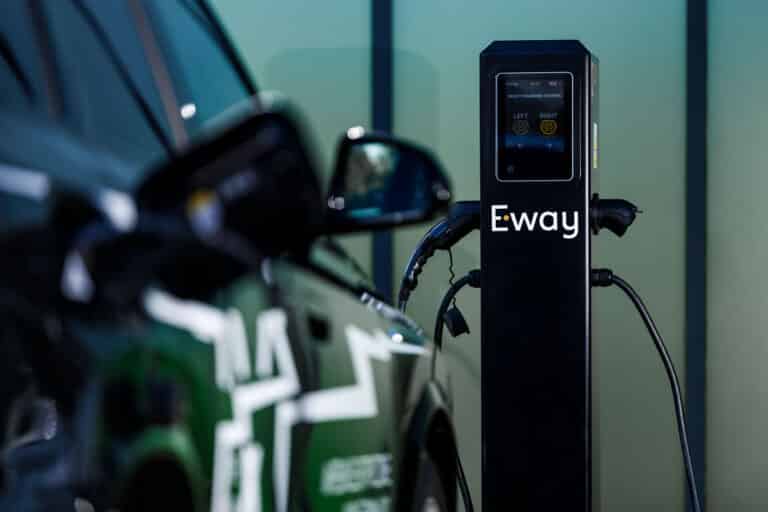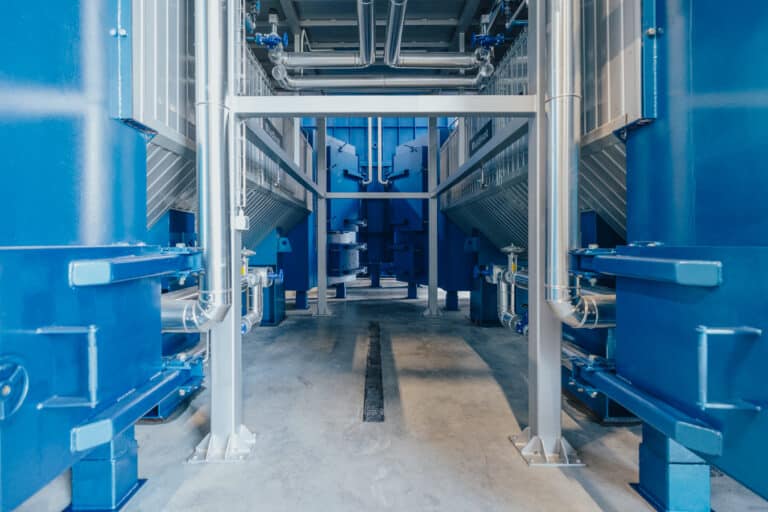Photovoltaic installations’ dramatic boost in Poland
The latest URE report on small-scale RES installations for 2022 – the volume of electricity generation has increased 50-fold since 2016.
The President of the Energy Regulatory Office (URE) has published its annual report on electricity generation in small-scale RES installations. In 2022, Poland saw a record increase in the number of generators and installations, though this was largely influenced by a change in the definition of small-scale installations.
Under current regulations, small-scale installation is defined as a unit with a total installed capacity ranging between 50 kW and 1 MW, connected to a network with a voltage lower than 110 kV[1]. Until the end of 2021, however, the maximum capacity for a small-scale generator was 0.5 MW.
Over the whole of last year, the number of power generators in the register of small-scale generators increased from 1,292 to 2,448, i.e. by nearly 90%. In contrast, the number of registered installations increased by 2,327 units, from 1,932 to 4,259, an increase of 120%. More than 70% of these (3,056) are solar thermal installations.
The total capacity of small-scale installations also increased significantly: from 1 GW to more than 3 GW, and consequently also the amount of energy they produced: from 532 GWh to 6.7 TWh. Photovoltaic farms accounted for the bulk of power supply. They produced over 4.6 TWh which corresponds to 69% of all electricity generated by small-scale RES installations.
Biogas installations were the second largest source in terms of the volume of electricity produced, with the volume of nearly 1.4 TWh, representing around 20% of the electricity generated by small-scale installations in 2022. Next came wind installations with more than 6% of production and hydropower plants (4%). Biomass installations are still marginal in the mix, having generated just 0.11% of the total electricity volume from small-scale RES installations.
Reports on small-scale RES power generation have been prepared and published by the Energy Regulatory Office since 2016. Over the past eight years, the number of power generators in installations of this type has increased sixfold, from around 400 to more than 2,400 operators, and the amount of energy produced has increased over fiftyfold.







